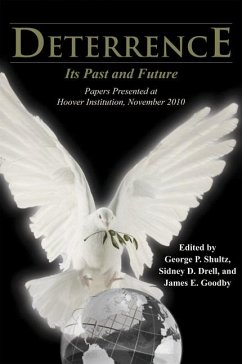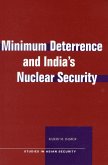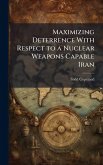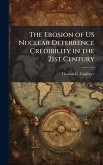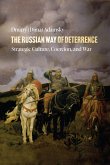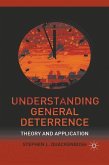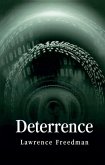Reassessing the role of nuclear deterrence Although deterrence will not disappear, current and future threats to international security will present relatively fewer situations in which deterrence, least of all nuclear deterrence, will be the most effective tool of statecraft. This report, drawn from the third in a series of conferences at the Hoover Institution at Stanford University on the nuclear legacy of the cold war, examines the importance of deterrence, from its critical function in the cold war to its current role. The contributors discuss how, with today's international environment radically different from that which it was during the cold war, the need is pressing to reassess the role of deterrence in whatever form it may take to meet the challenges of today's world. This use of American influence--a resource of which deterrence is only one part--can foster expectations that trend toward favoring less reliance on nuclear weapons, not more. This report is intended to contribute to the necessary dialogue that may, in time, lead to a consensus that a world without nuclear weapons is a practical enterprise among nations. CONTRIBUTORS: James Acton, Sidney Drell, Christopher A. Ford, James Goodby, David Holloway, Edward Ifft, Raymond Jeanloz, Michael Mazarr, John McLaughlin, Patrick Morgan, George Quester
Bitte wählen Sie Ihr Anliegen aus.
Rechnungen
Retourenschein anfordern
Bestellstatus
Storno

